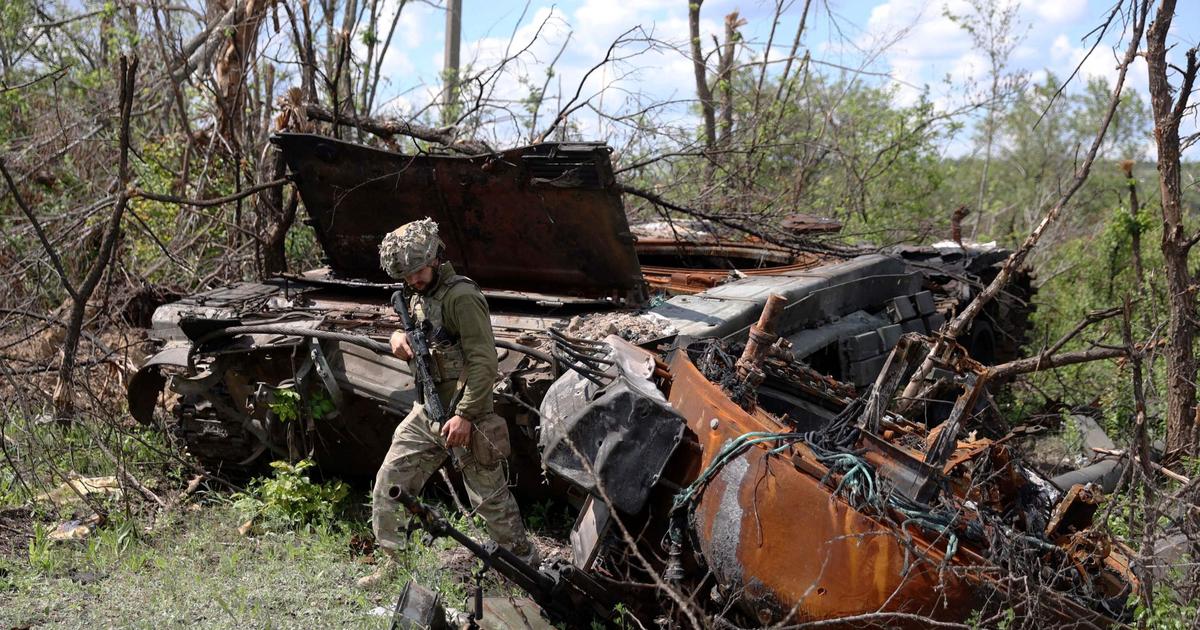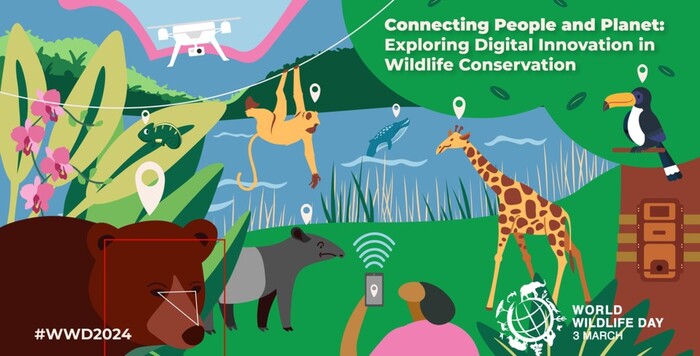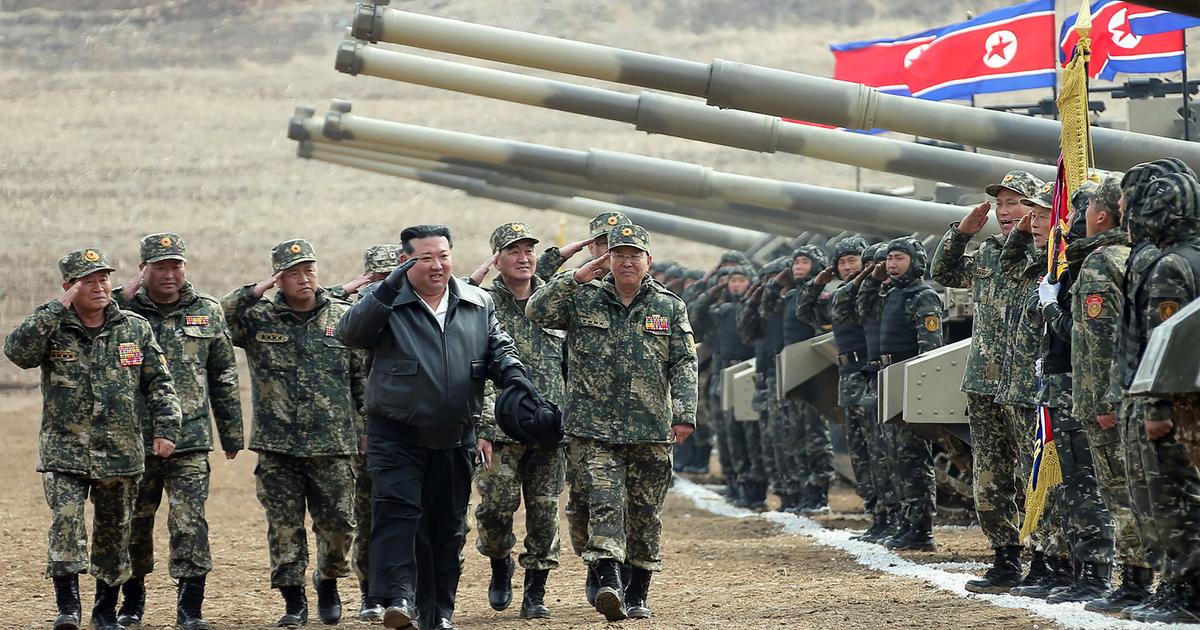Air, water and soil pollution, declining biodiversity, multiple fires, radioactivity... In addition to the human drama, the war in Ukraine will have a significant impact that could leave the country and the region that surrounds "
a toxic legacy for future generations
", warned the United Nations Environment Program (UNEP) in a preliminary study published on July 4th.
And for good reason, it rages on one of the most industrialized territories in the world with 24,000 toxic industrial infrastructures listed by the Ukrainian Ministry of the Environment.
Neighboring countries such as Russia, Belarus and Moldova could also be affected as well as the entire European continent.
To discover
Follow information on the war in Ukraine with the Figaro application
Air, water and soil pollution
According to this initial UNEP study, the war has caused damage in many parts of Ukraine.
The various incidents listed relate to nuclear, oil, gas, mining, industrial and even agri-food infrastructures.
This results in the release of toxic gases or liquids and heavy metal particles - soot, methane, CO2, ammonia solvents - which lead to air pollution and potentially serious contamination of ground and surface water.
In addition to industrial and agricultural sites, "
any destroyed building is a source of pollution, because its structure may contain toxic compounds such as asbestos
“, points out the UNEP.
Pollution related to weapons of war as well as military waste such as abandoned vehicles, constitutes for its part a “
major challenge in terms of cleaning
”, continues the organization.
Read alsoWar in Ukraine: Ukrainian refugees leave Poland to return to their country
Many environmental risks also come from the sudden stoppage of the operation of the mines: the toxic water present must be pumped there permanently, otherwise it risks polluting drinking water.
The course of the Donets, the main source of drinking water for a large part of the Donbass region, could be polluted by residues and thus cause cross-border pollution which could reach the Sea of Azov and, ultimately, the Black Sea.
In addition, the water supply infrastructure, including pumping stations, treatment plants and sanitation facilities, also suffered significant damage.
An impact on biodiversity
The report also shows a significant increase in fires in various nature reserves and protected areas, as well as in forest areas.
An announcement to be deplored since Ukraine concentrates 35% of the biodiversity of Europe, with some 70,000 animal and plant species identified, according to the Convention on Biological Diversity.
A richness that can be explained by the location of this country - at the heart of the migratory routes of many birds -, by its number of waterways - around 63,000 rivers and rivers - and by the extent of its wetlands which are extend over approximately 4.5 million hectares.
Military waste not only pollutes these delicately balanced ecosystems but also prevents agents and NGOs from carrying out their
Read alsoWar in Ukraine: the evacuation of Sloviansk continues, the Russians are gaining ground in Donbass
As major donors, agencies and Member States meet this week in Lugano, Switzerland, to discuss Ukraine's reconstruction, the top UN official in Ukraine, Osnat Lubrani, stressed that "
restoring environment in Ukraine must be at the top of the agenda
”.
For her, the priority is that the millions of displaced Ukrainians can resume their lives "
in a safe and healthy environment
".
When the fighting ends, "
a colossal cleaning operation must be supported
", she pleads.









